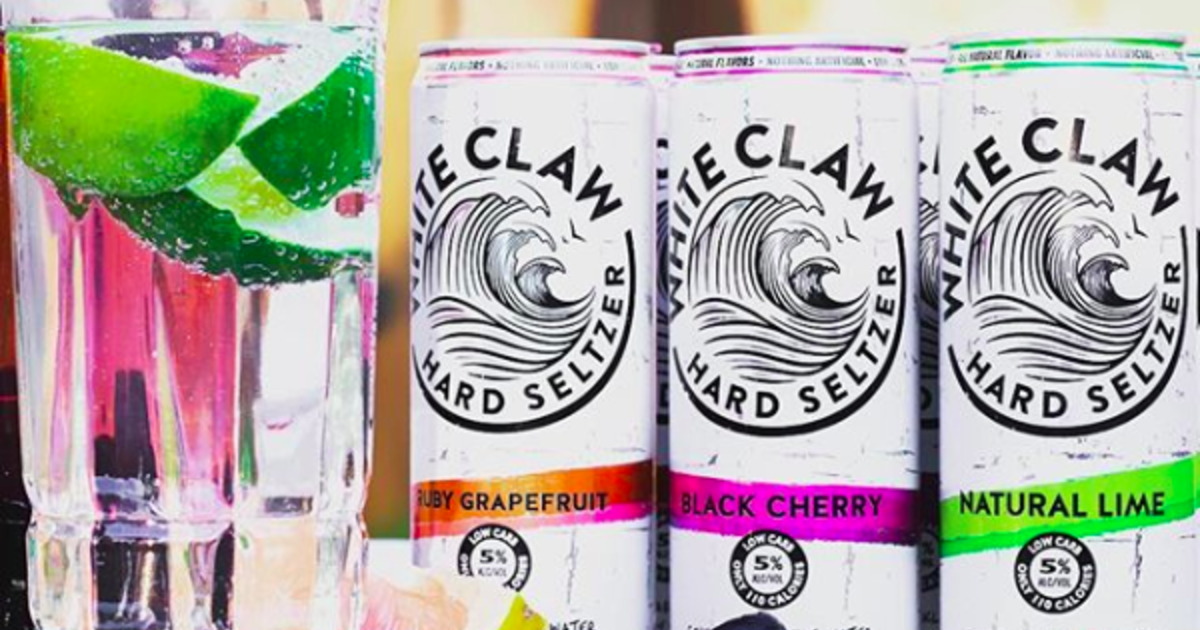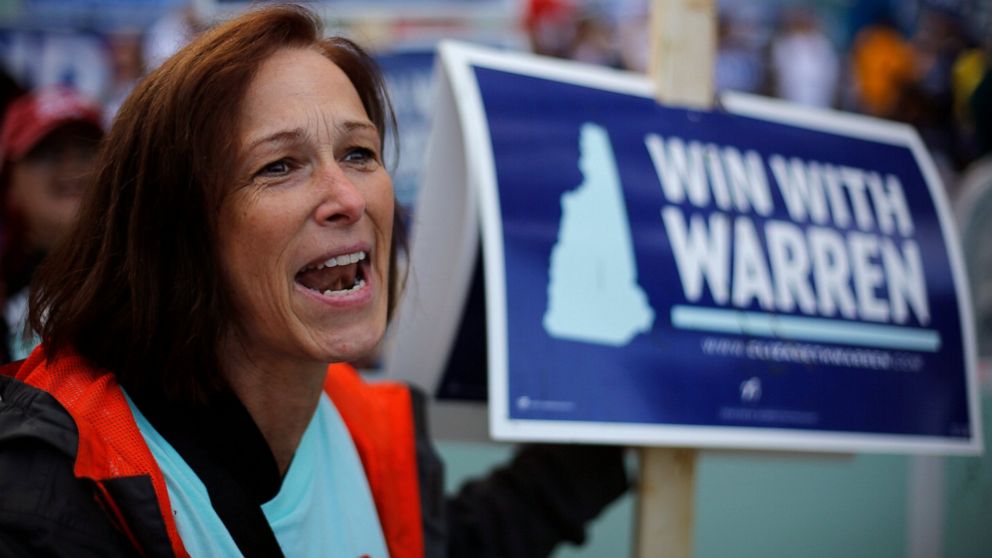
White Claw Weekend and White Claw Wednesday might now be a thing of the past. America is running out of the trendy hard seltzer due to its massive spike in popularity.
“We are working around the clock to increase supply given the rapid growth in consumer demand,” Sanjiv Gajiwala, White Claw’s senior vice president of marketing, told CNN Business.”White Claw has accelerated faster than anyone could have predicted.”
While the brand, owned by the same company that makes Mike’s Hard Lemonade, hasn’t specified when the supply could rebound, Gajiwala told CNN the company has been “allocating product to our distributor partners to keep all markets in stock the best we can and will continue to do so until we get back to our normal safety stock position.”
Trending News
News of the shortage has led fans in some areas to panic and attempt to stockpile the beverage, reports CBS Pittsburgh. One beer distributor in Brentwood, Pennsylvania told the outlet his phone was ringing off the hook with customers asking if there was any White Claw left. The man, identified only as Tom, said he couldn’t make 39 cases of the drink last through Friday due to the high demand.
The beverage has been around since 2016, but gained widespread popularity this summer. Sales of the drink increased 283% to a whopping $327.7 million in July compared with the same time period last year, reports CNN.
The drink is in the top 25 brands among malt beverages and beers, with sales speeding past all craft beer brands save for Blue Moon Belgian White, reported CBS affiliate WDJT-TV in July.
White Claw isn’t the only hard seltzer on the market, with competitors Truly Hard Seltzer and Bon & Viv Spiked Seltzer tempting consumers. Four Loko, an alcoholic beverage line once popular with millennials, appeared to be jumping on the hard seltzer trend this summer with a seltzer boasting a much higher alcohol-by-volume amount than its main competitors.

